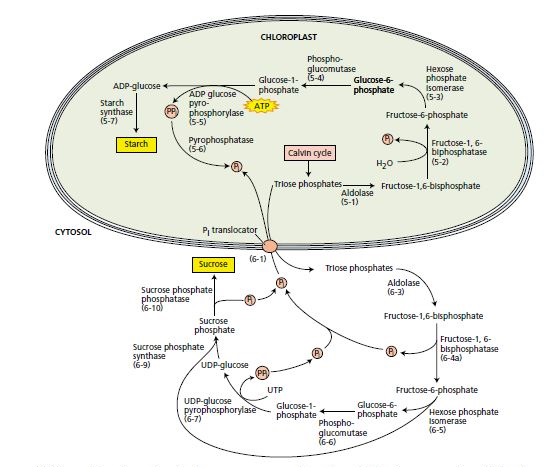Cellular Signaling
It is the response generated by a cell in the presence of a ligand.
Type of signaling are given below.
A) Endocrine
Signaling
B) Paracrine
C) Autocrine
D) Juxtracrine
E) Neurocine signaling.
Endocrine Signaling:- In this signaling the signaling molecules is produce by endocrine glands. Which interacts with the receptor present on distantly located target cell. The receptor might be intracellular and extracellular . But they are high efficiency receptor .This is hormones mediated signaling. It is a long- range signaling in which signal molecule is transported by the blood stream.
Paracrine Signaling:- It is a signaling between
neighbor cell and adjusting cell for
example Transmission of action potential
across the neuron by the help of neurotransmitter like Acetylcoline
e.g T-cell activate B-cell or T-cell
activate NK cell.
Autocrine Signaling:- This is
within the cell signaling. In this type of signaling the ligand produce by the
same cell having receptor for the ligand e.g
Foreign antigen stimulate the production of T-Lymphocytes. Unregulated autocrine signaling can lead to
Cancer development . It induce cell division and regenerate e.g Liver .
Juxtracrine Signaling:- It is a cellular communication which involves cell to cell contact. Several intracellular and extracellular matrix proteins(ECM) participates in this signaling e.g Delta-Notch pathway in which Delta is ligand and Notch is receptor.
Mode of Ligand interaction is two
types
v
Intracellular Receptor (Cytosolic/Nuclear)
e.g Thyroxine, Retenoic Acid, Vit.D3
etc.
v
Extracellular Receptor (Cell surface) e.g
GPCR, RTK, Wnt, Hedgehog etc.
Intracellular Receptor:- These receptor are broadly classified into two categories which are given below.
ü Cytosolic Receptor Signaling:- Which
mainly interact with steroid hormones.
Ø In the absence of estrogen estrogen receptor is
conjugated with HSP90 which protect
the receptor from degradation.
Ø Estrogen molecules cross the plasma membrane(PM) by the simple
diffusion.
Ø In the cytosol estrogen displaces HSP90 and interacts with is receptor. And active receptor ligand
dimer complex is formed.
Ø A signal sequence known as NLS (Nuclear Localize Sequence)
present in the cytosol interact with the active dimer and promotes its movement
in to the nucleus.
Ø Active dimer in the nucleus interact with the HRE (Hormones
Response Element) of primary responsive genes. HRE is a conserved nucleotide sequence present in the promoter
region of primary response genes.
Ø Zink finger motif present
in the receptor promotes the receptor interactions with the HRE of the target
gene.
Ø A co-activator known as HAT is recruited by active dimer
on HRE.
Ø HAT promotes the
expression of primary responsive gene.
Ø Product of primary gene may produce physiological effect
or it may act as a transcription factor which control the expression of the
secondary genes. Diagram are given below.
ü Nuclear Receptor
Signaling:- Which
interact with Thyroxin hormone.
Thyroxin Signaling
Thyroxin Signaling
Ø It is hydrophilic
in nature which can not cross the plasma membrane . It is divided from tyrosine
amino acid.
Ø Carrier mediator
transporter are responsible transporting thyroxin inside the cell its known as facilated
diffusion .
Ø Inside the cell thyroxin interact with its nuclear
receptor directly inside the nucleus.
Ø Receptor ligand
dimer complex is form which interact with HRE of target gene and promote gene
expression. Diagram are given below.












Comments
Post a Comment
Thanks for Comment....